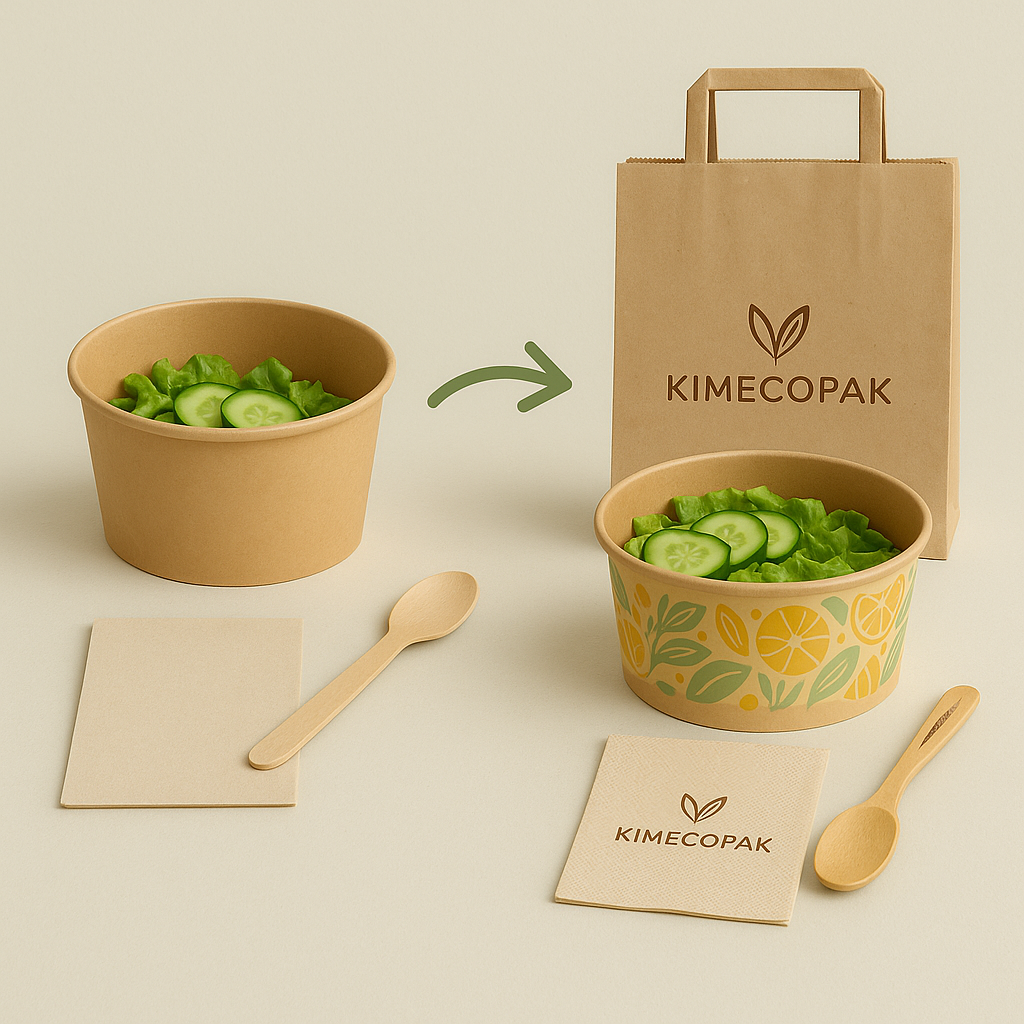Summer Must-Haves!
In Stock & Ready to Ship
UP TO 30% OFF

Summer Must-Haves | In Stock & Ready to Ship next-day
SELLING Fast...
HOME Compostable
Best-Seller
Best-Seller
Why Choose KimEcopak?
we offer a Solutions That Make Your Life Easier
Shop Summer Bestsellers...
Best-Seller
MAKE SURE TO "Subscribe for a Happy Life", WHEN ORDER for:
Shop Summer Bestsellers...
PLAN FOR a FRANCHISE F&B WITH CUSTOM LOGO? Let’s Make It Personal
Got Questions?
We’ve Got Answers.
Got Questions?
We’ve Got Answers.




























